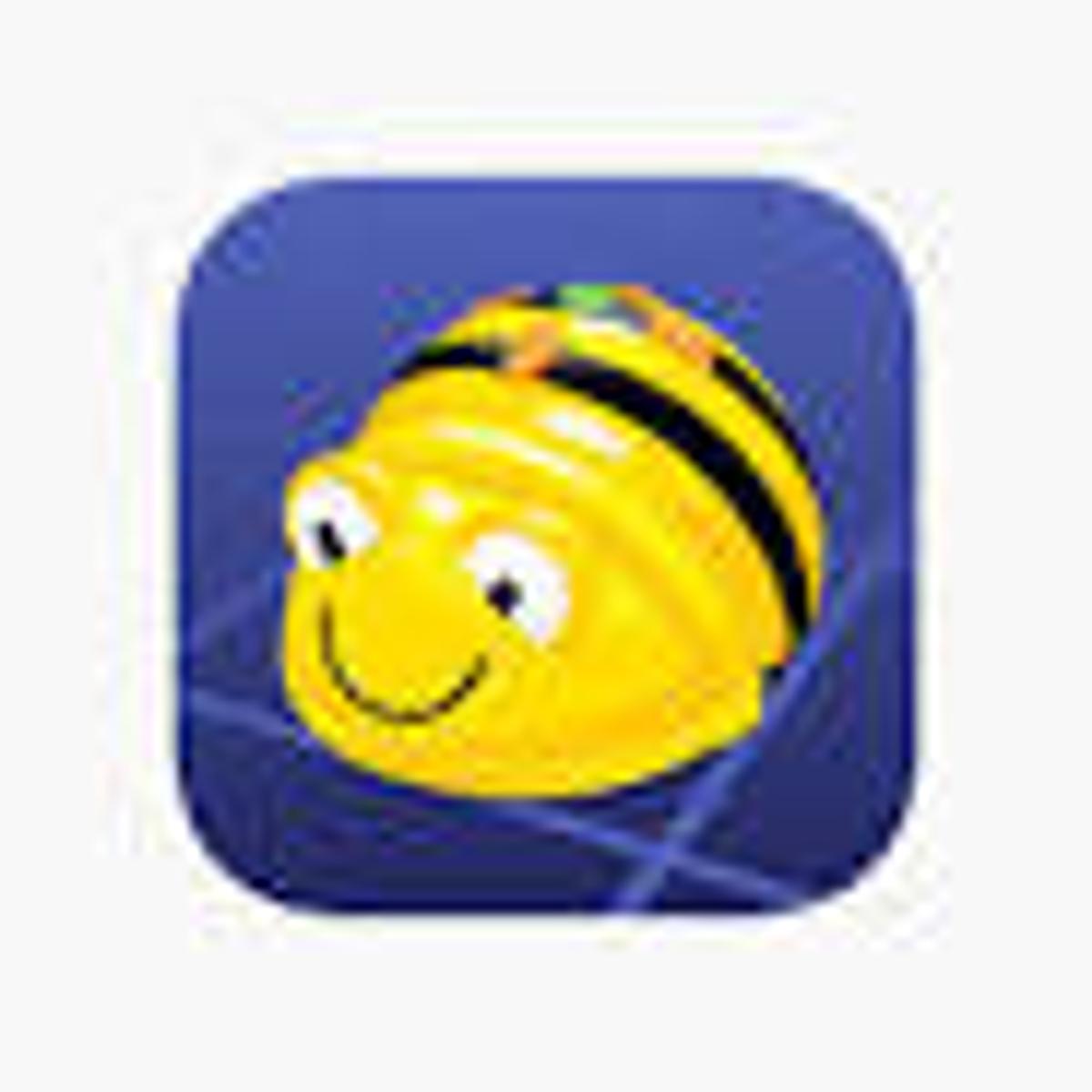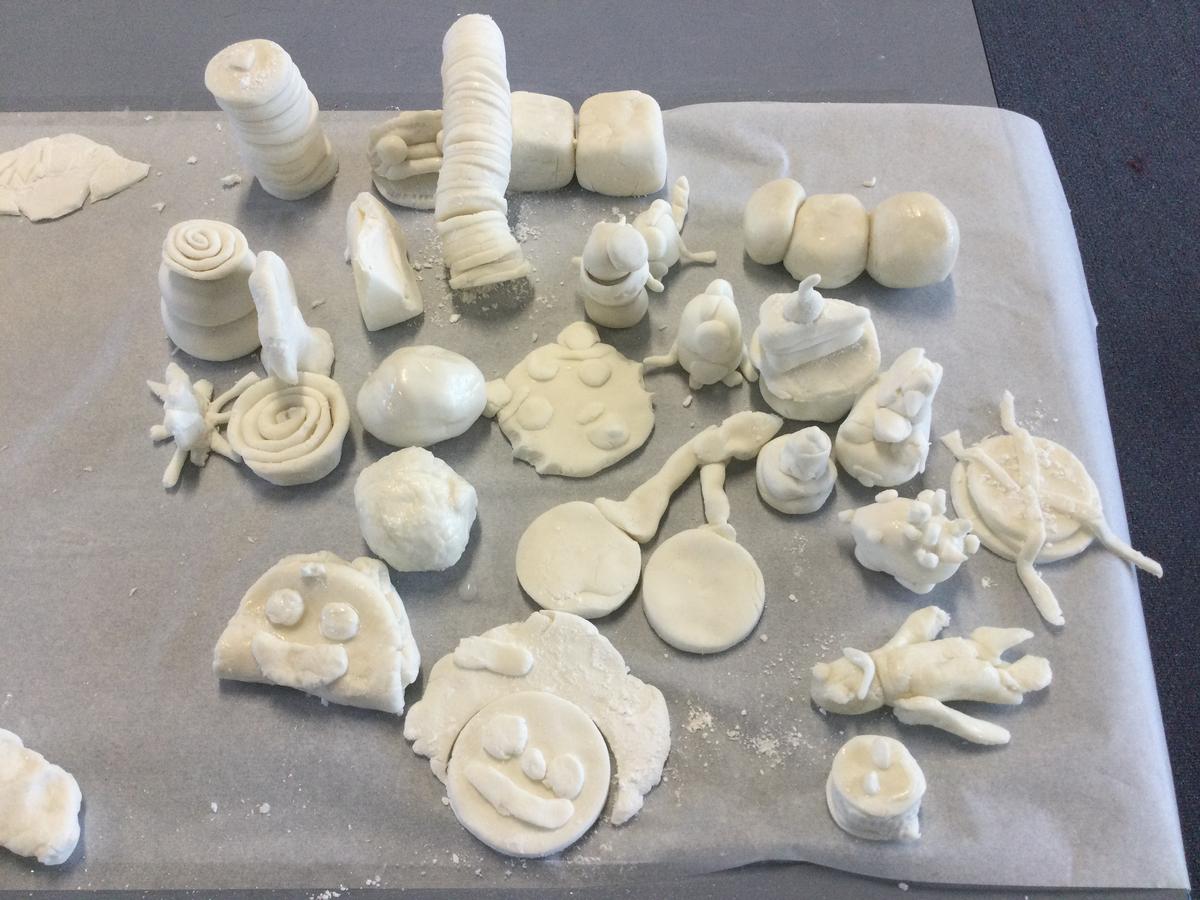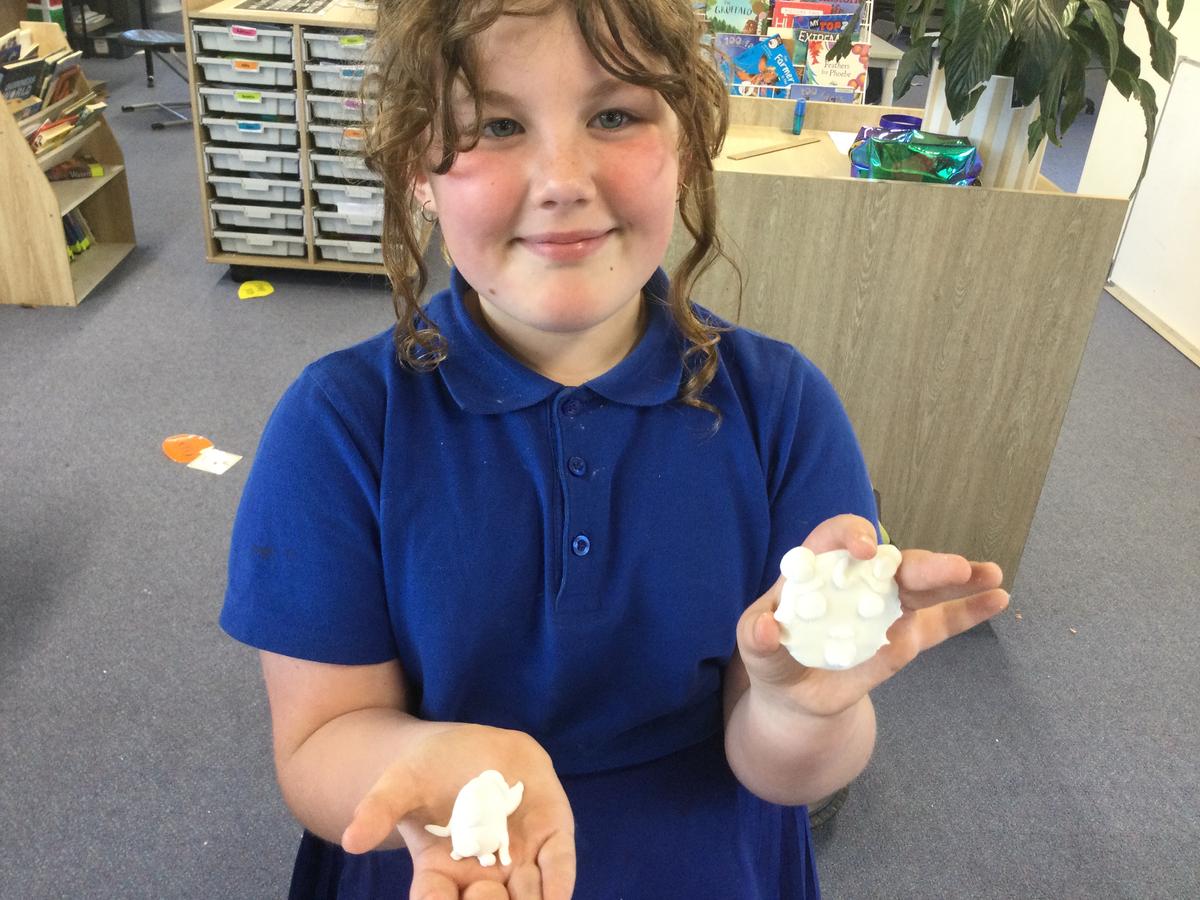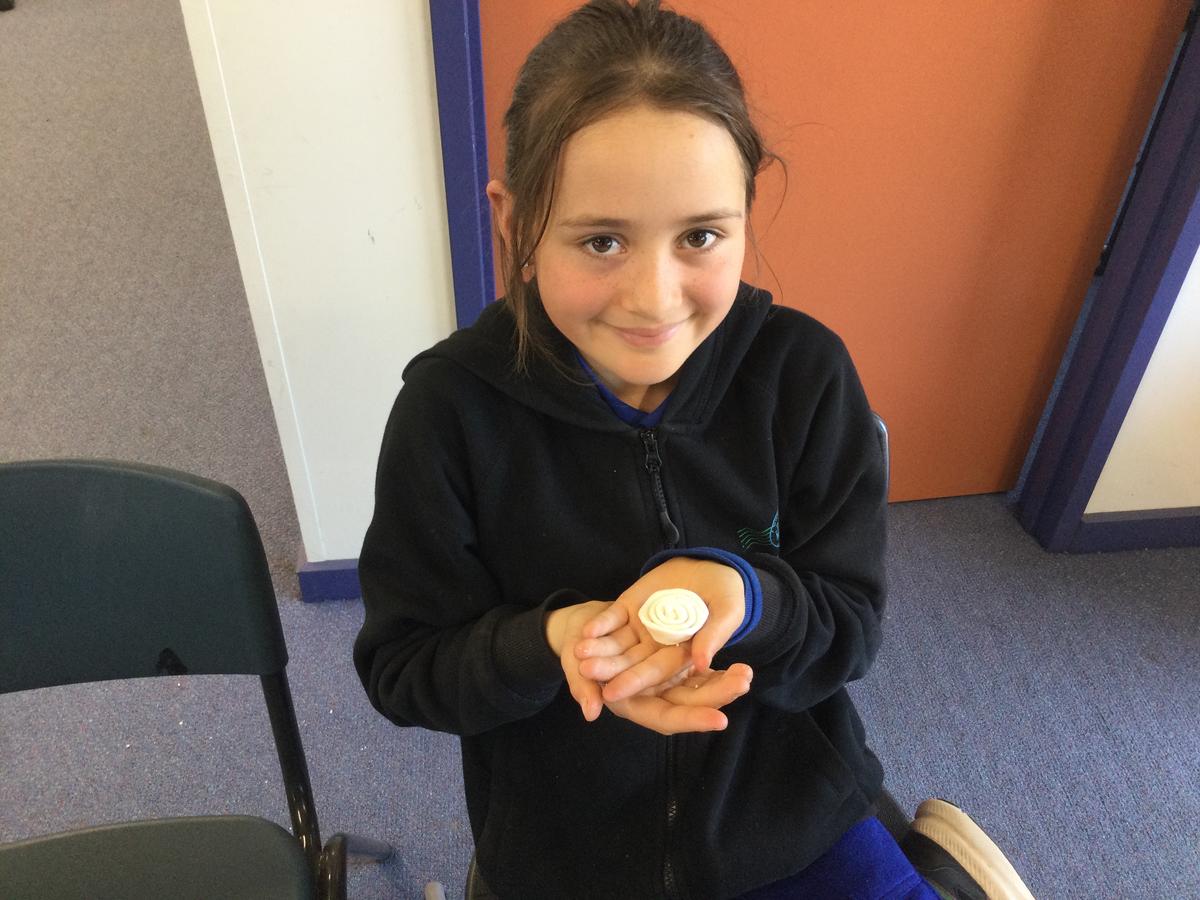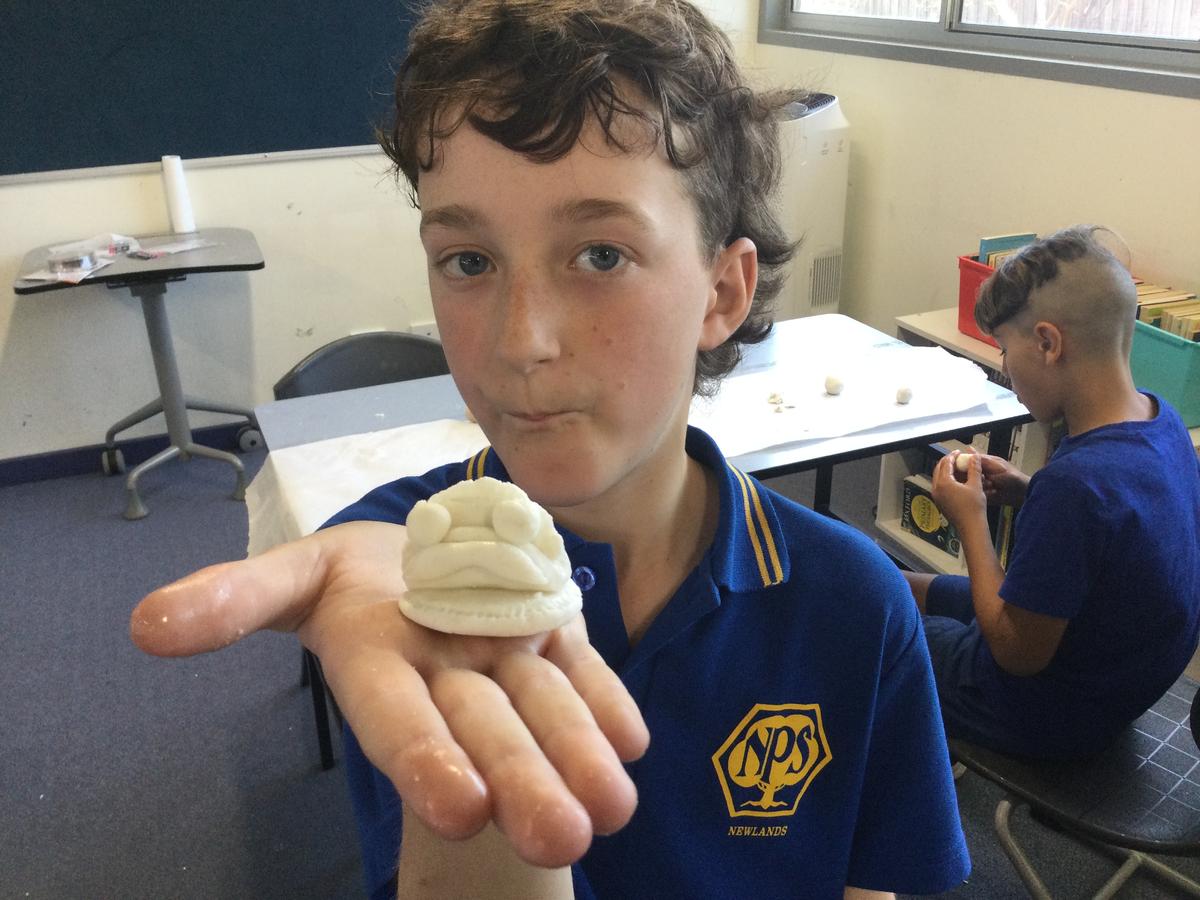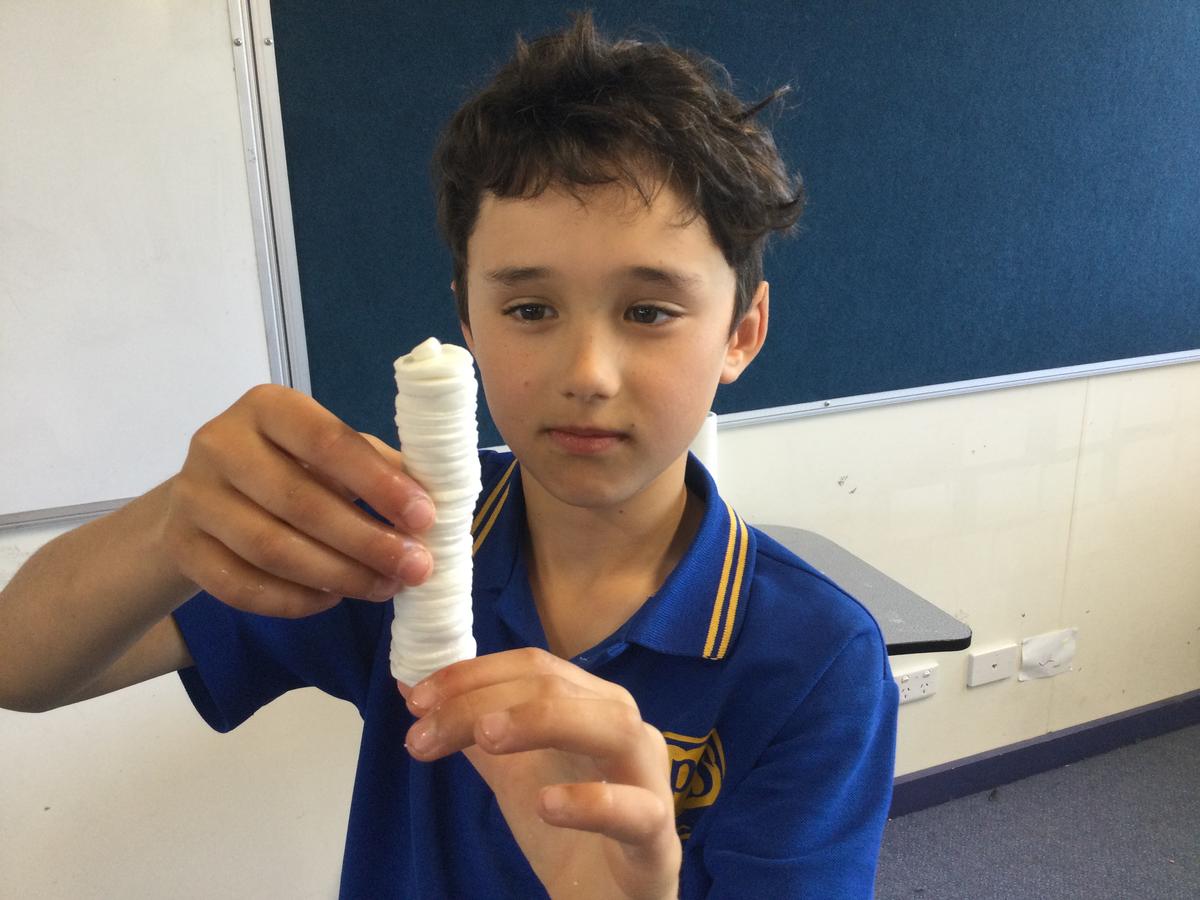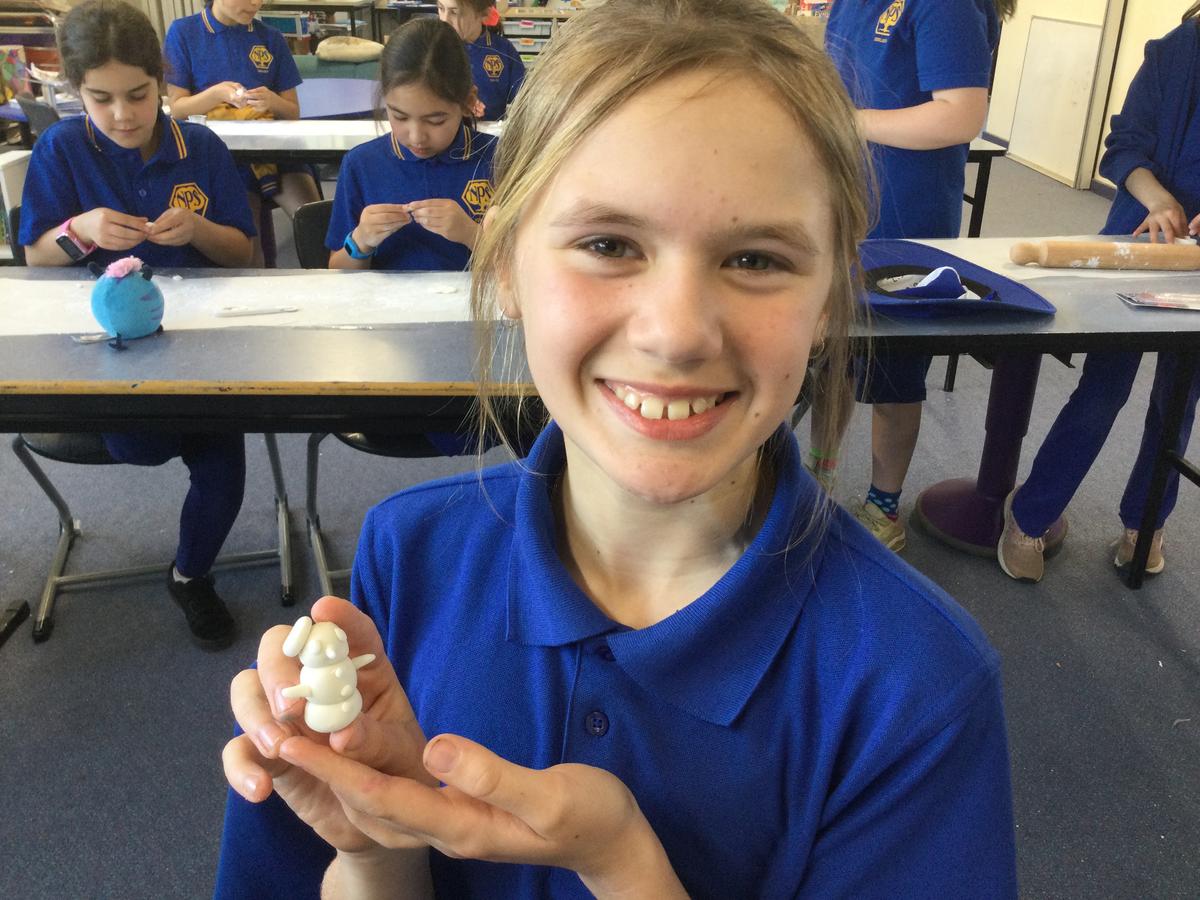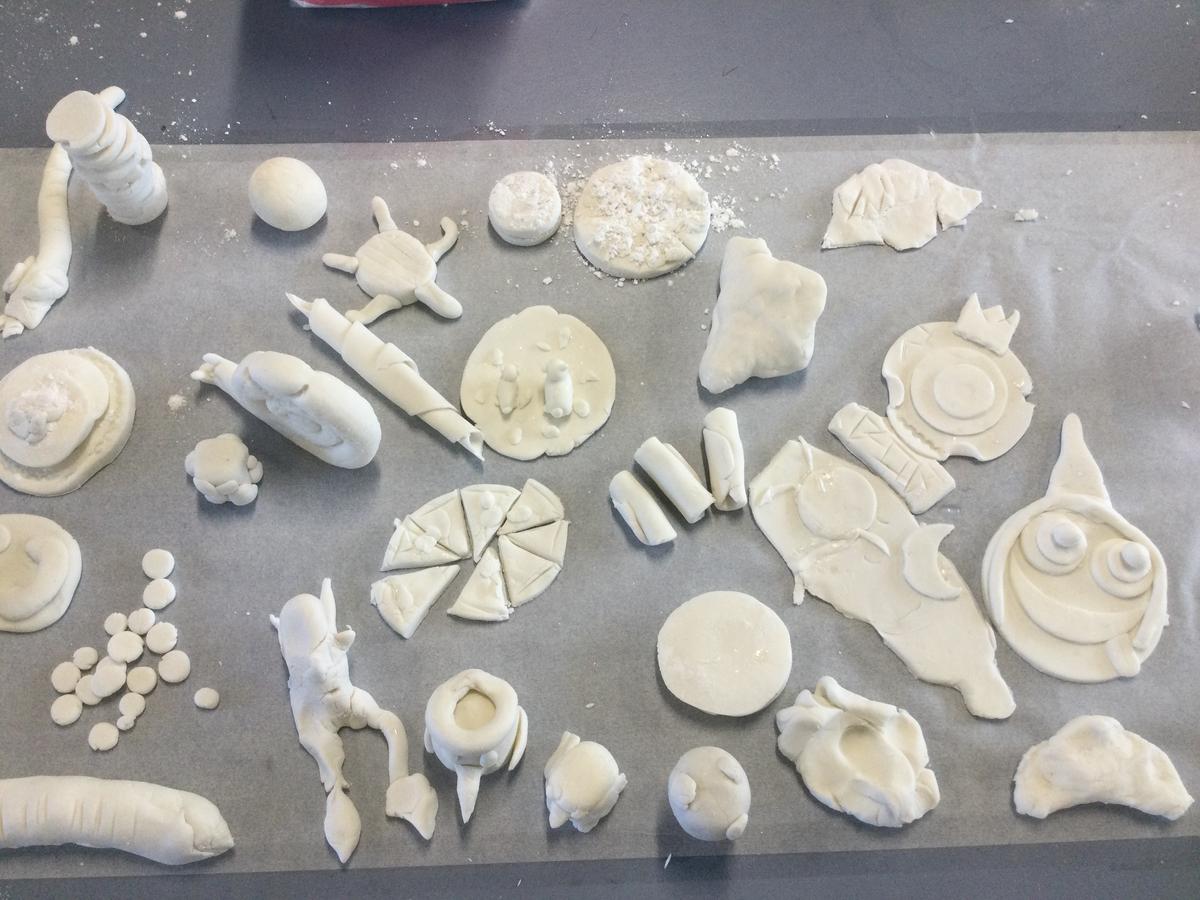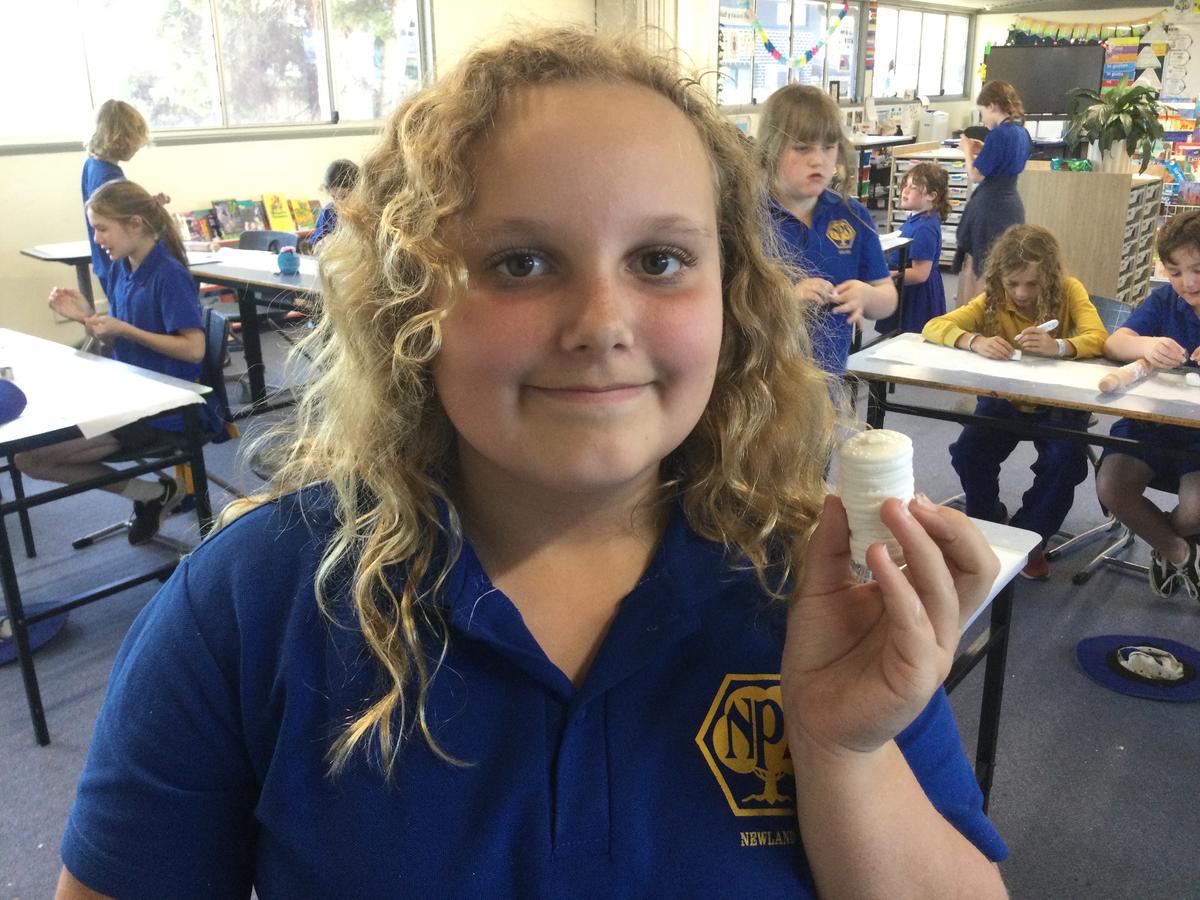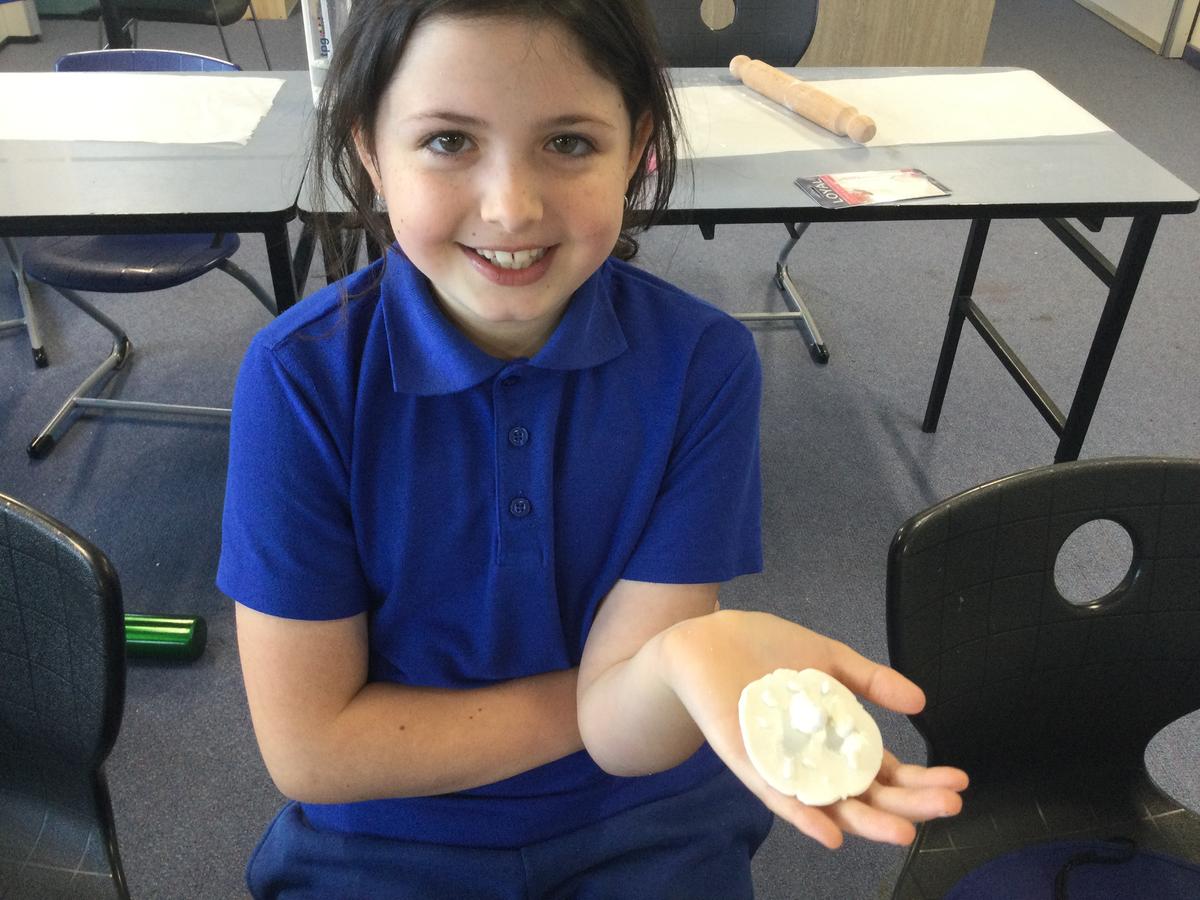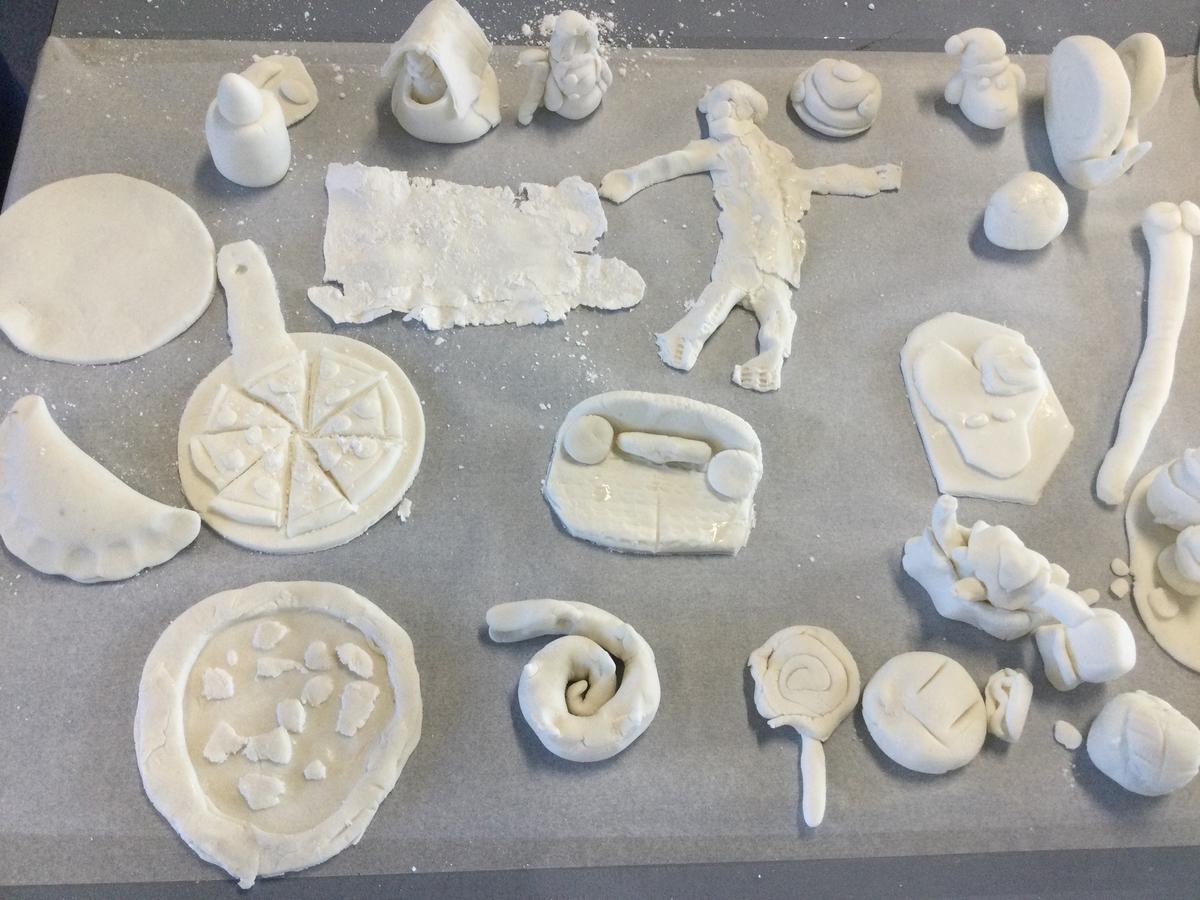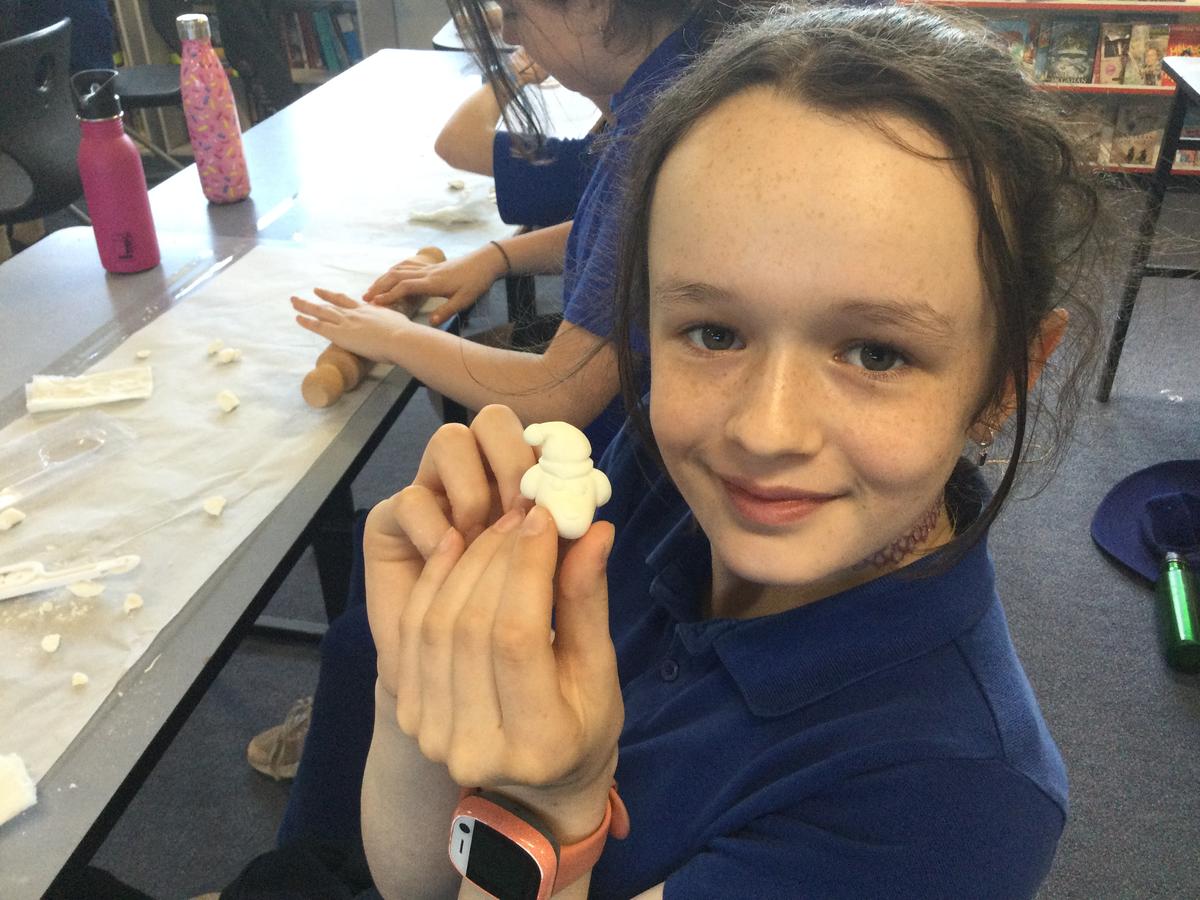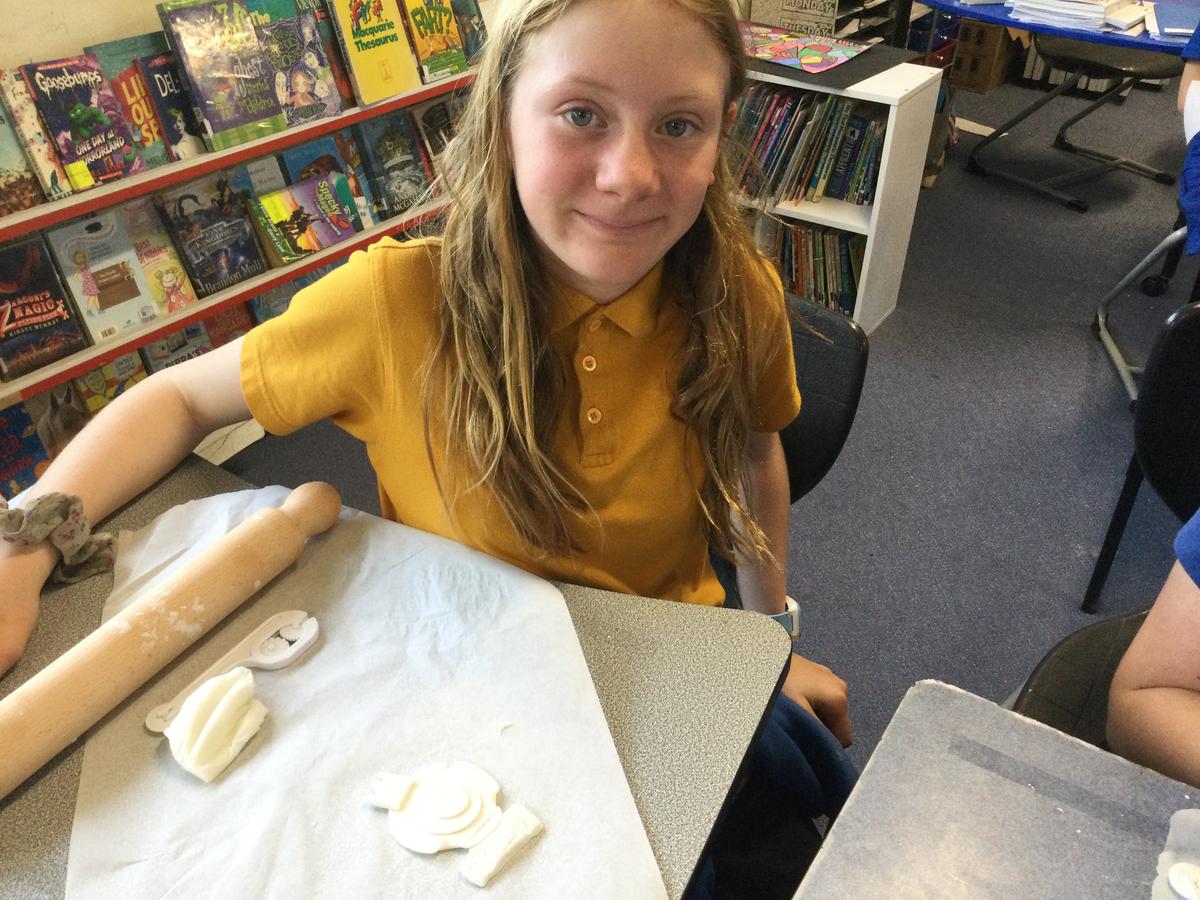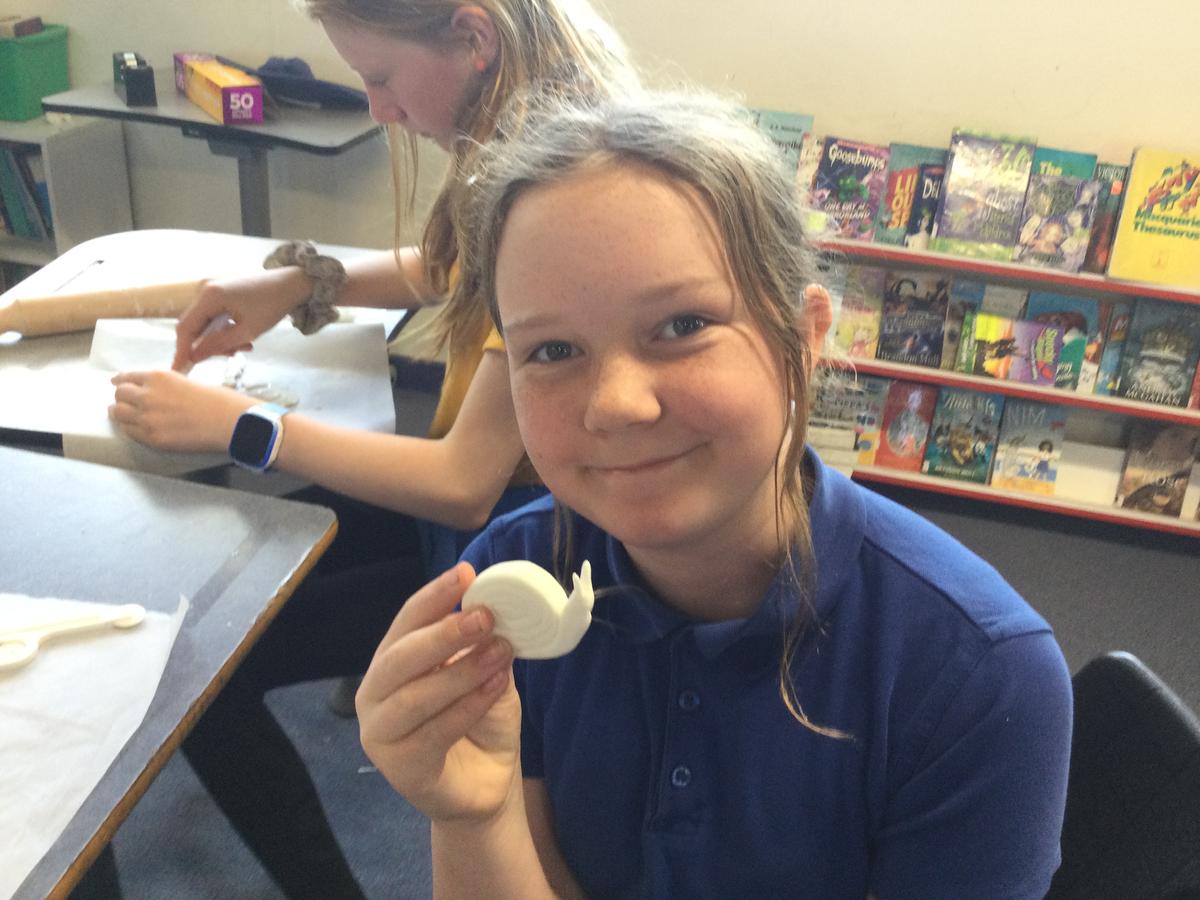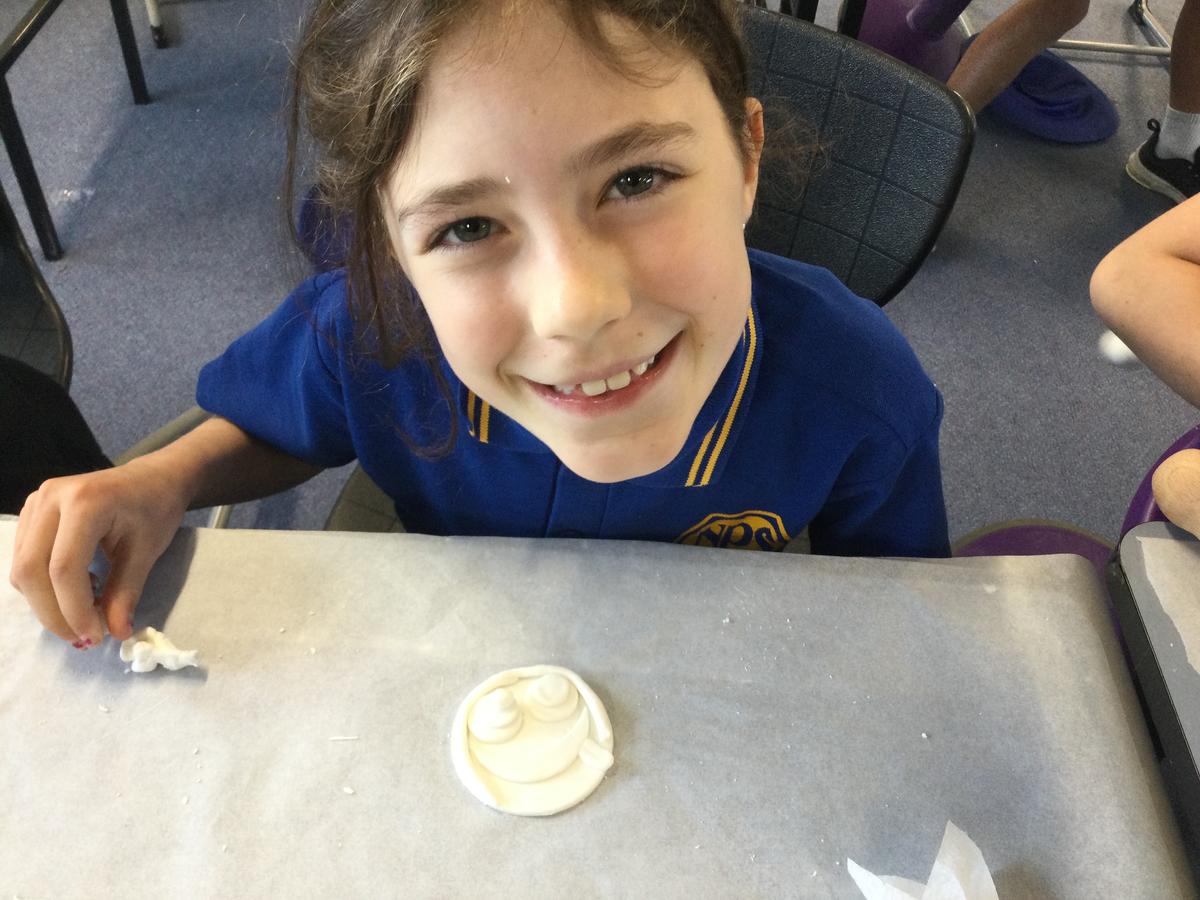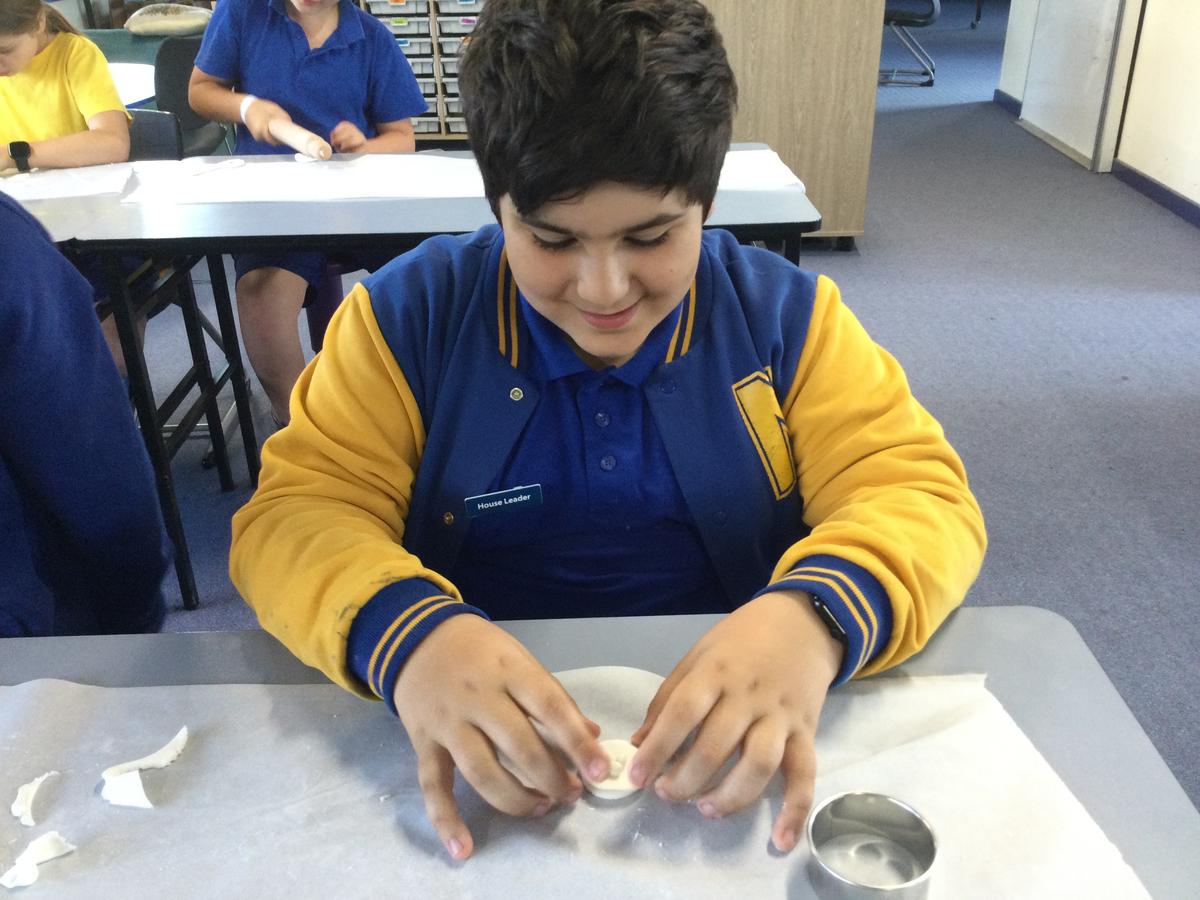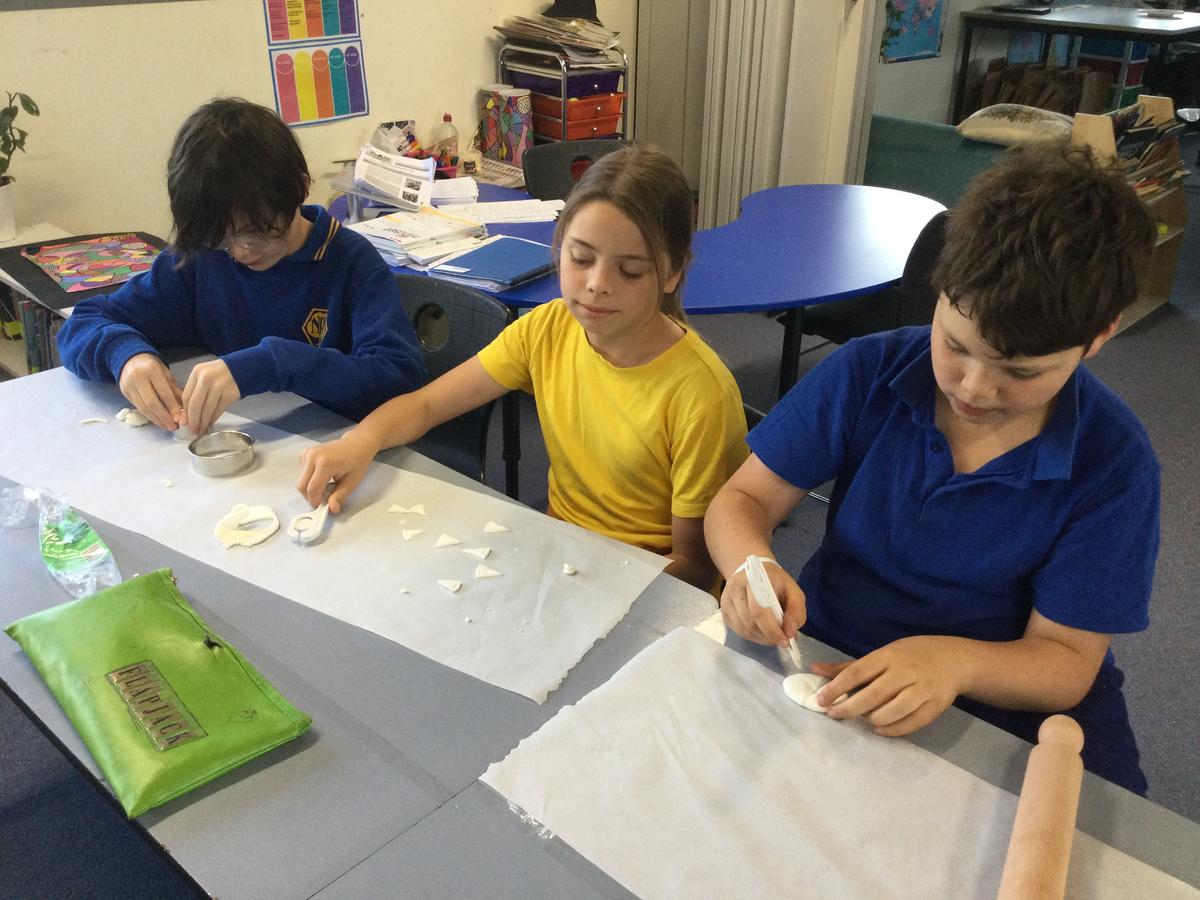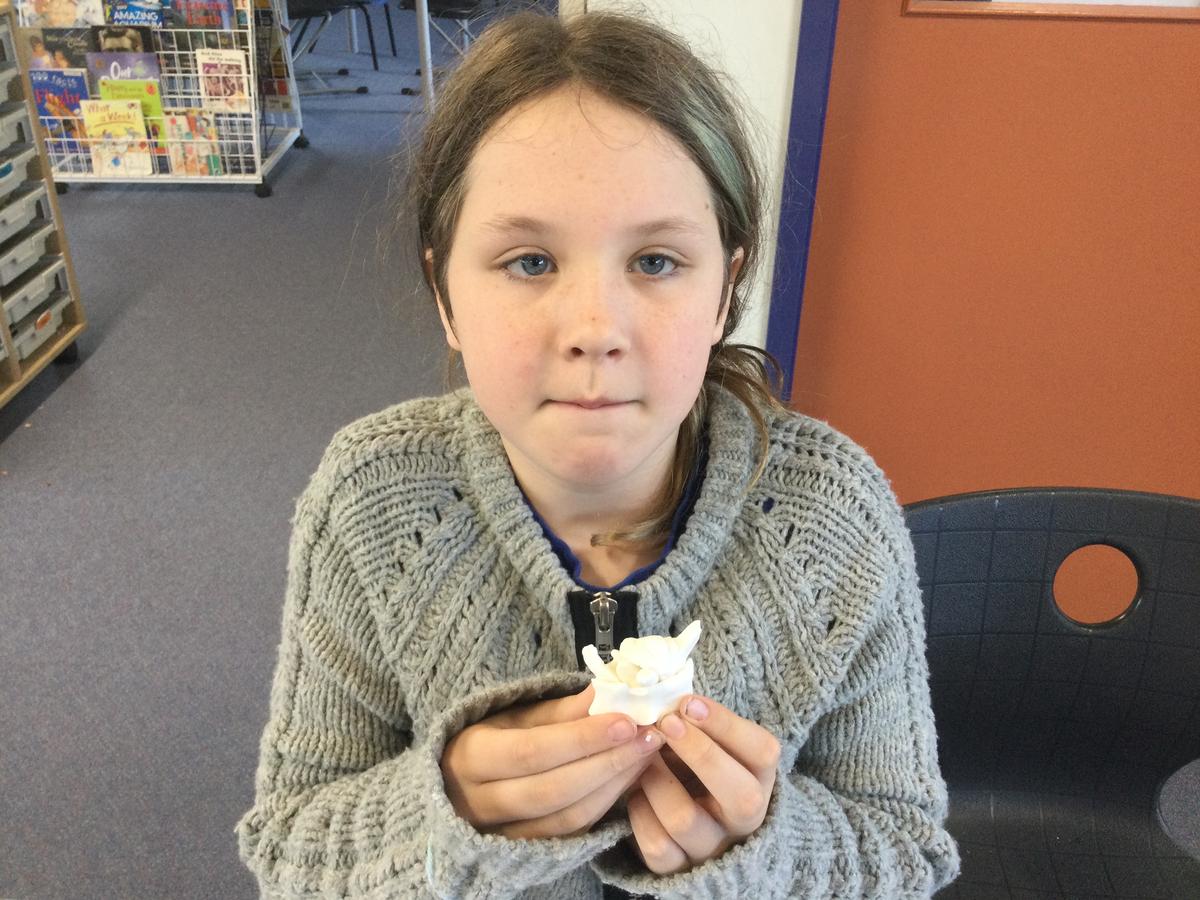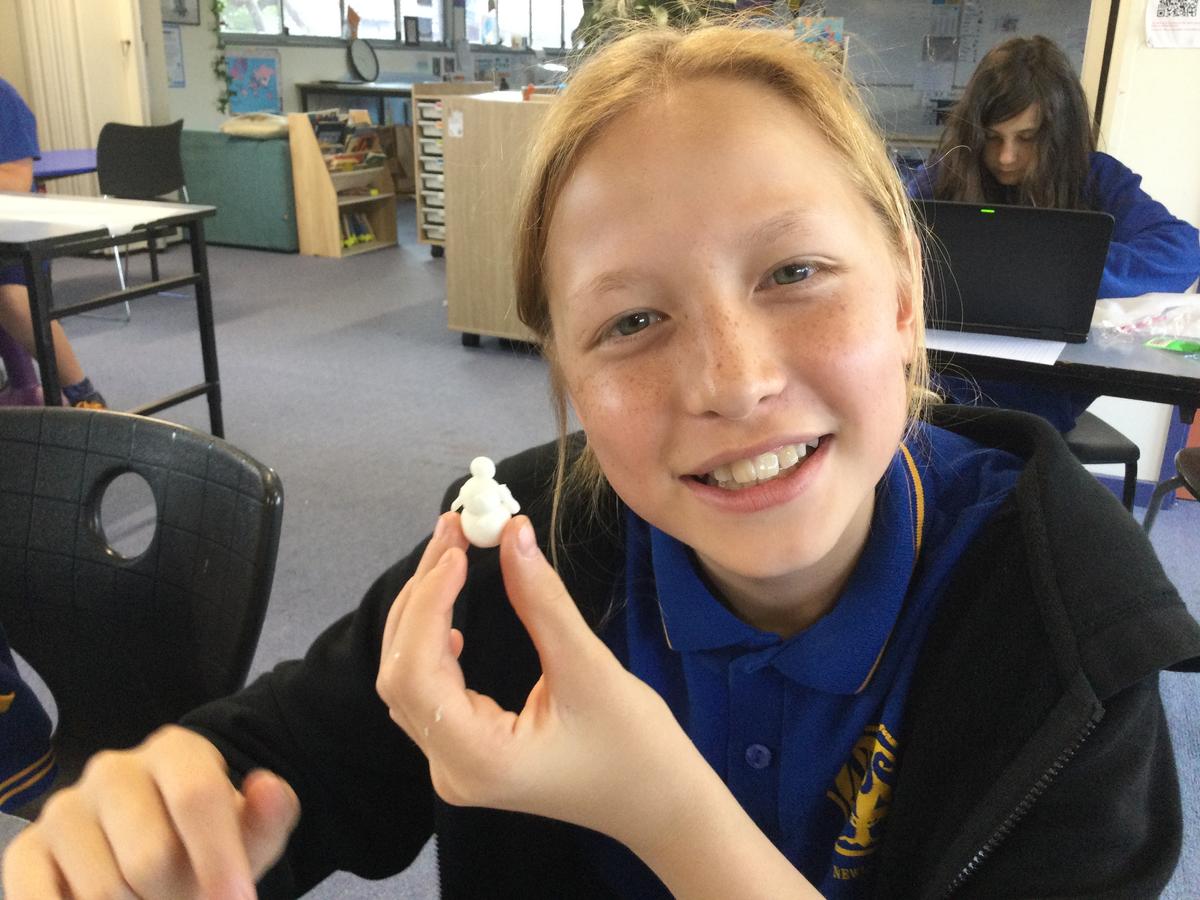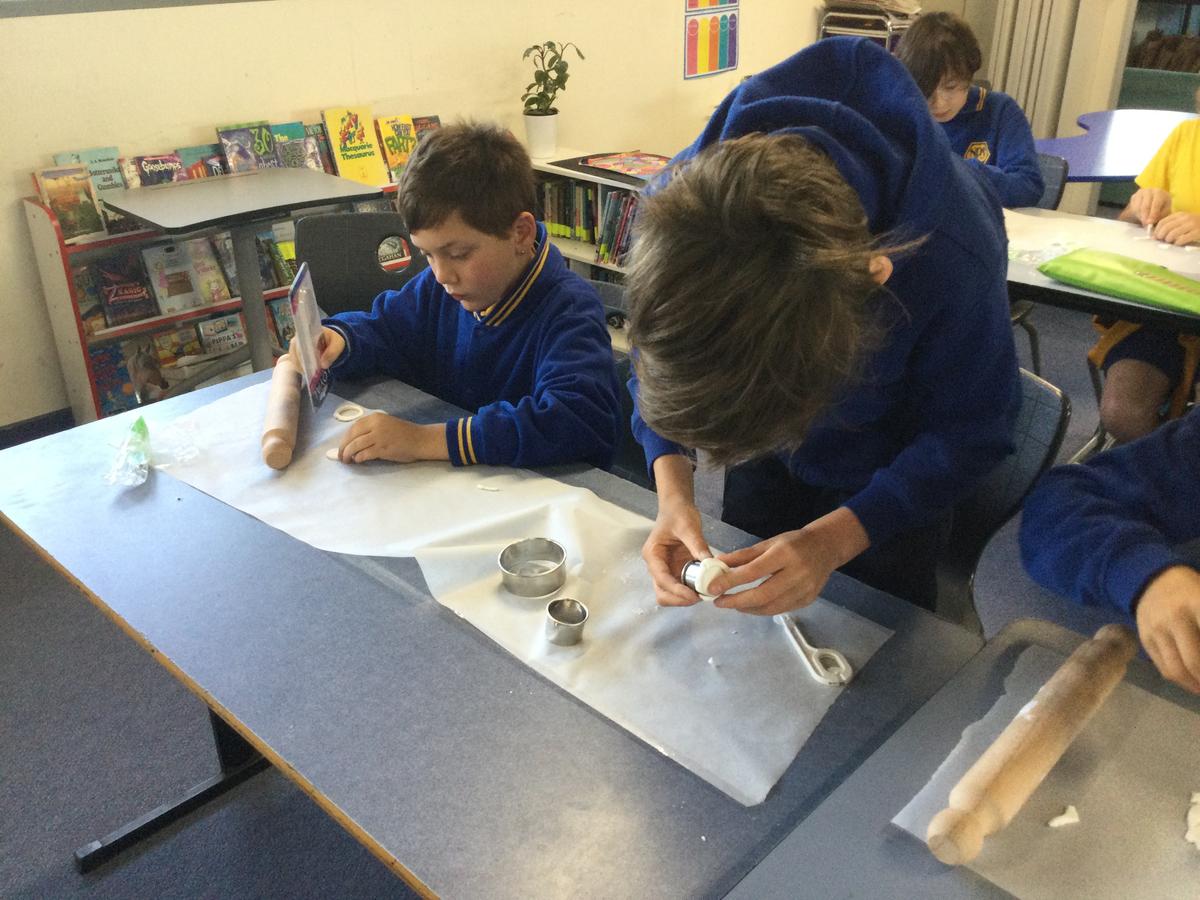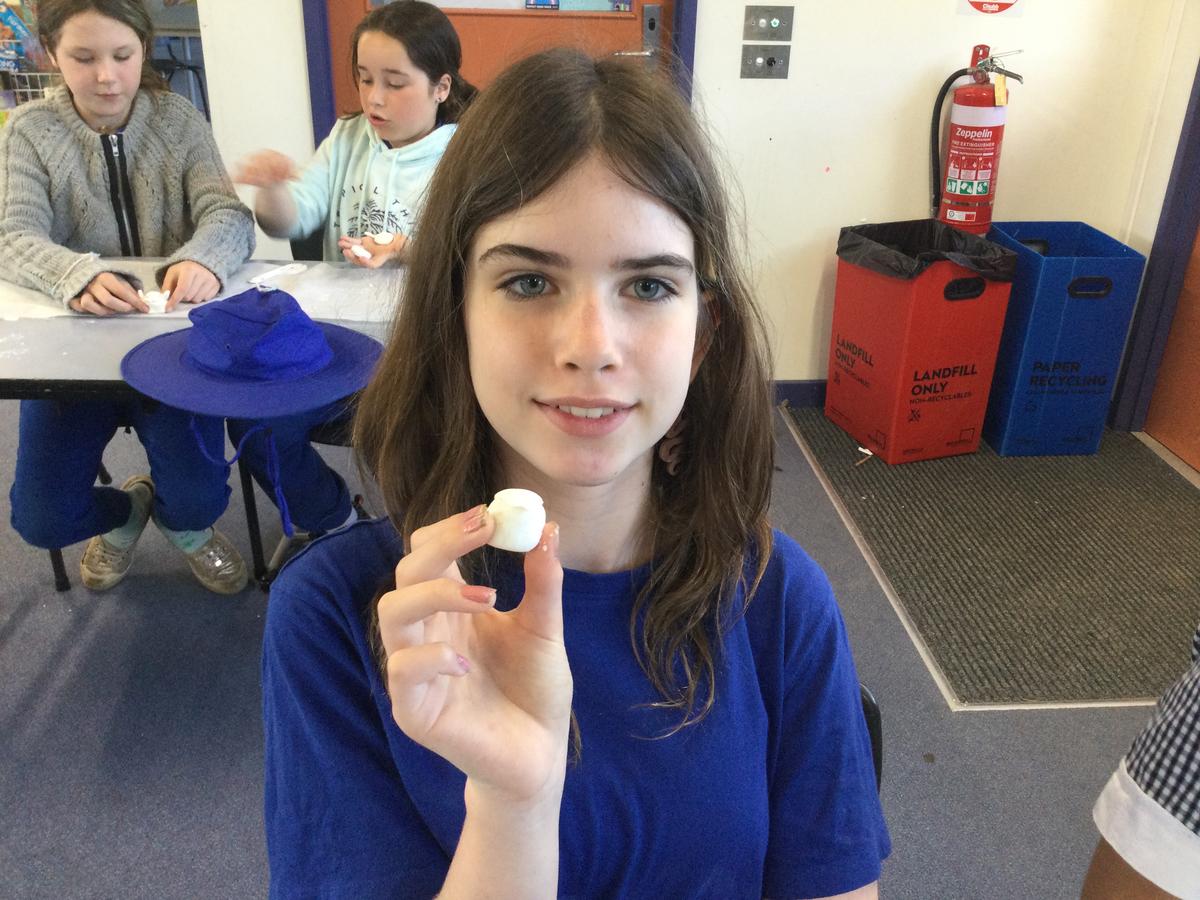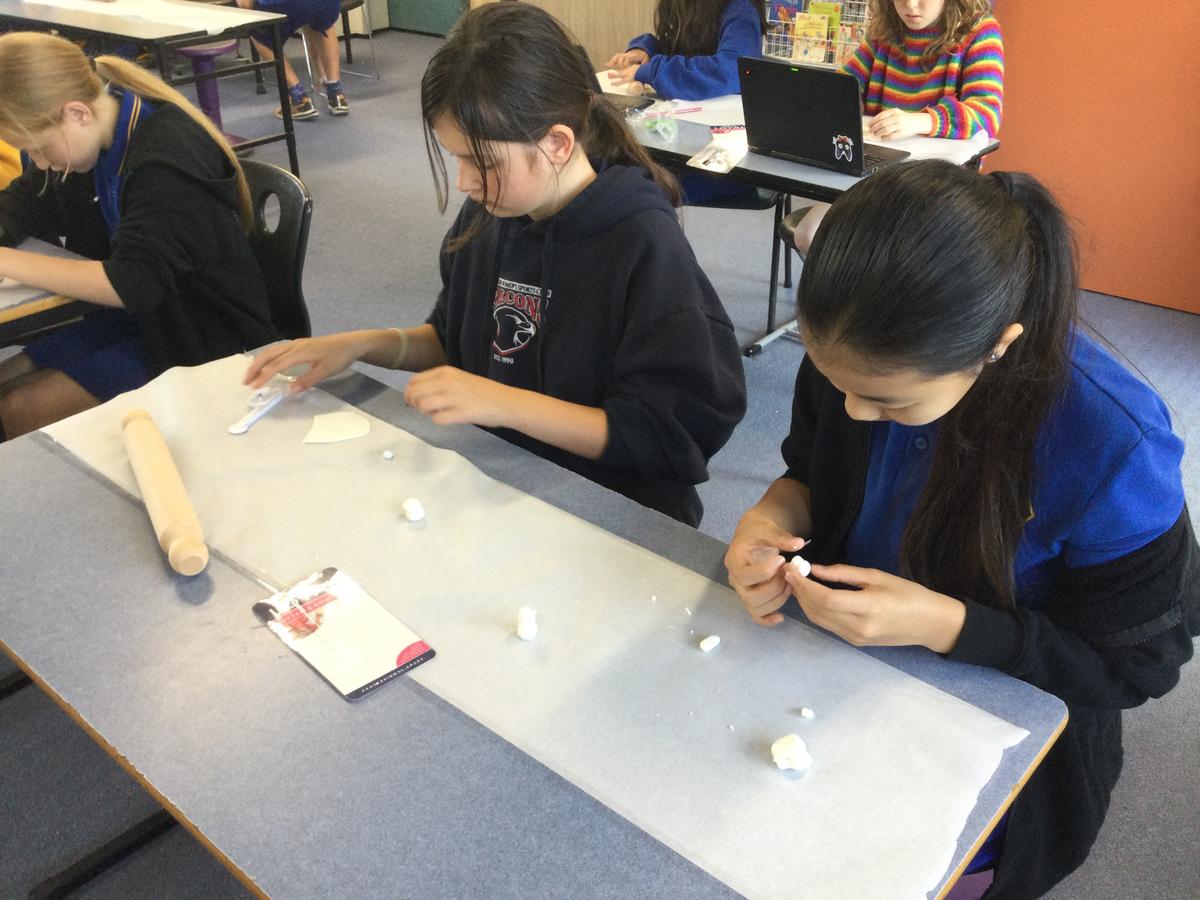STEAM

F/1
We have been busy being robotic engineers in STEAM practising our coding skills. Students have been using the bee bots to understand several coding concepts. Through an unplugged lesson students learned that data can be represented by symbols and used the arrow to represent directional instructions for robots. We then focused on how to sequence these instructions in the correct order to make the robot move the way we want them to. Students used the bee bot app to navigate the bee bot through a number of mazes. A few tips that students learned to help complete the maze: think about what they wanted the bee bot to do before giving it instructions, make sure to clear the code between each try and turn the iPad around to help work out directions. If your child would like to continue practising coding at home, you could download the free bee bot app onto your device.
2/3
Students have been busy coding to create animations on Scratch. On this website, students have learned out to use block coding to make still images move, make sounds and talk. Students have also revised ways to keep themselves and others safe whilst working in an online environment. Scratch is a great authentic way for students to practise cyber safety skills as it is a real, shared online space that is monitored with inappropriate comments blocked. Students can learn from others in the class as well as the wider online community by looking inside the code of other's projects.
Check out some of the great animations that students have created so far by clicking the links below:
Sienna - https://scratch.mit.edu/projects/928931883/fullscreen/
Lowri - https://scratch.mit.edu/projects/924105492/
Taylor - https://scratch.mit.edu/projects/917809253/fullscreen/
Jock - https://scratch.mit.edu/projects/927725174/fullscreen/
4/5/6
Students have been looking at cooking through a scientific lense. Collectively, we came up with a scientific process to find the prefect recipe to make royal icing the right consistency for piping. Students added water drop by drop to see how much water is need to make a line drawn in the icing disappear in 15 seconds. Students didn't find the perfect recipe, but they did learn that there are sometimes variables that are difficult to control, like temperature. The extremely hot day combined with the use of fans evaporated the liquid from the icing mixture causing very inconsistent results. We then compared royal icing to fondant icing. Students learned the changes made while making royal icing are chemical changes and cannot be reversed. The changes made to fondant icing from the heat of the hand when manipulating it however, are reversible, like all other changes between states of matter.
Students practised their fondant art skills by creating sculptures using the icing. Next week we will experiment with piping royal icing to decide which type they will use when they finally get to decorate (and eat) their cookie.

